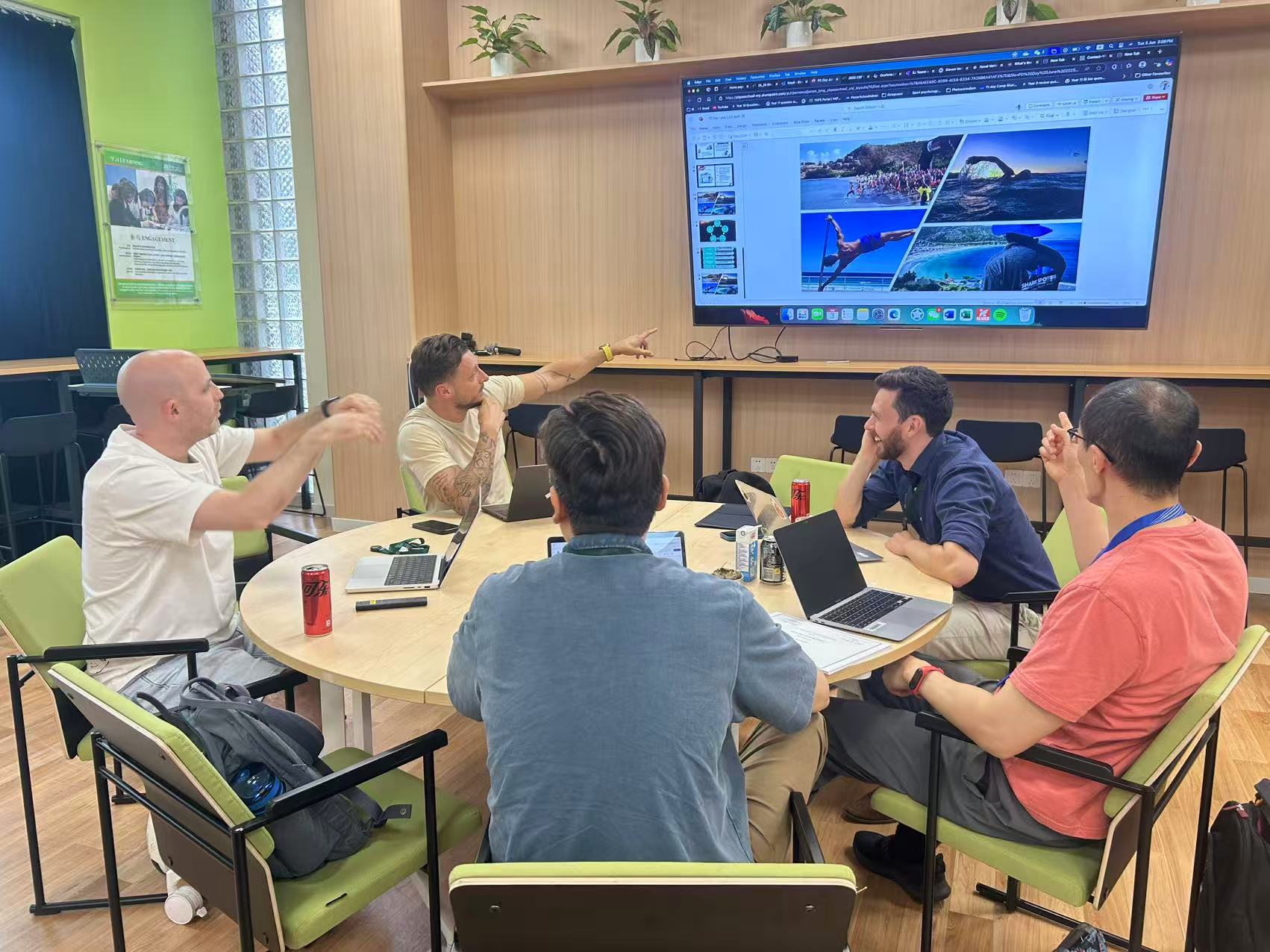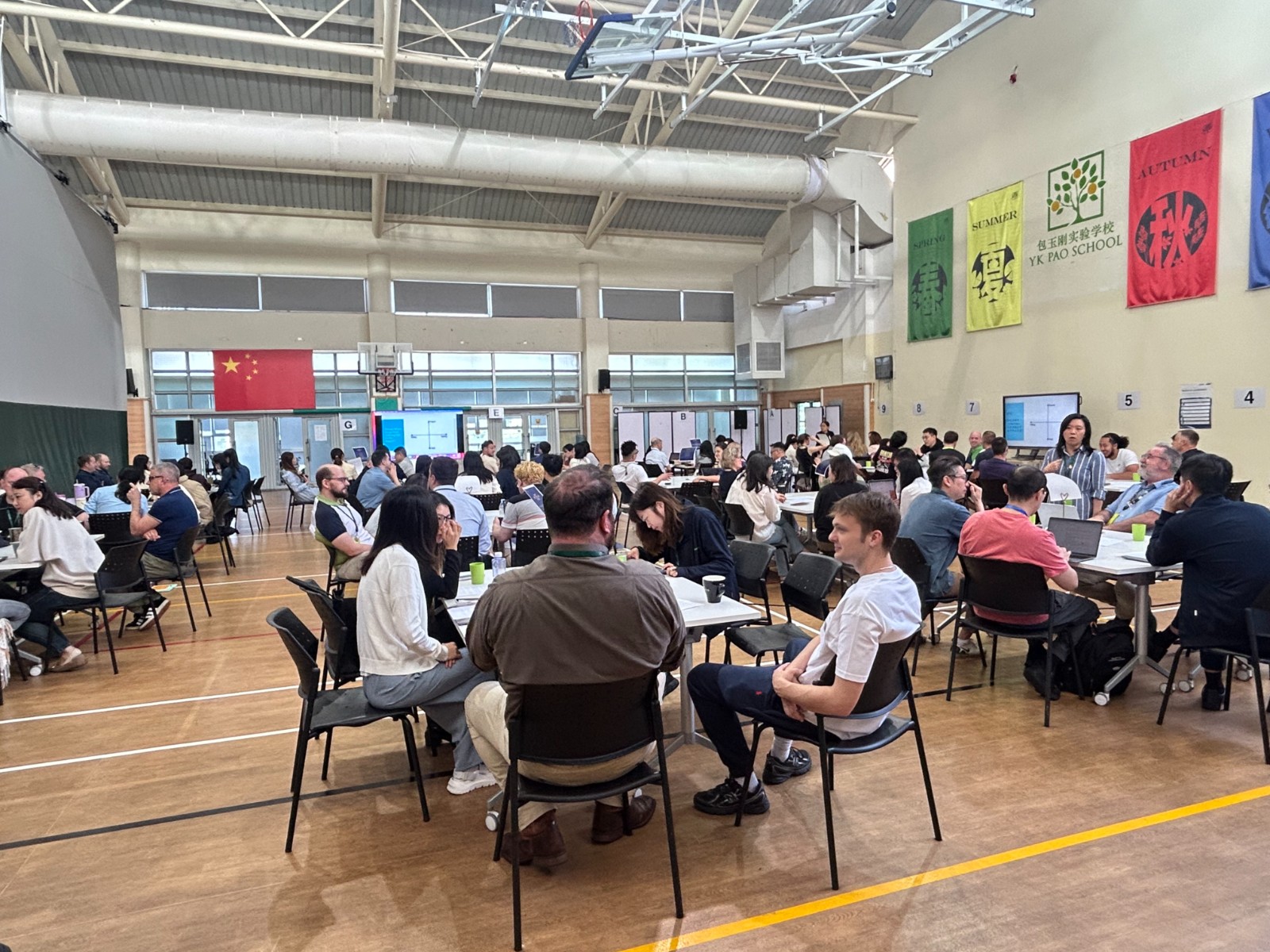"This bright building, alive with the activities of teachers and students, reflects how life should embody both compassion and persistence. Persevere and don’t give up easily, whether in the pursuit of exercise, academic endeavors, or various interests, as in my late father's motto: 'Exercise persistently, work diligently, use sparingly'."
- Professor Anna Pao Sohmen
Founder and Chairman
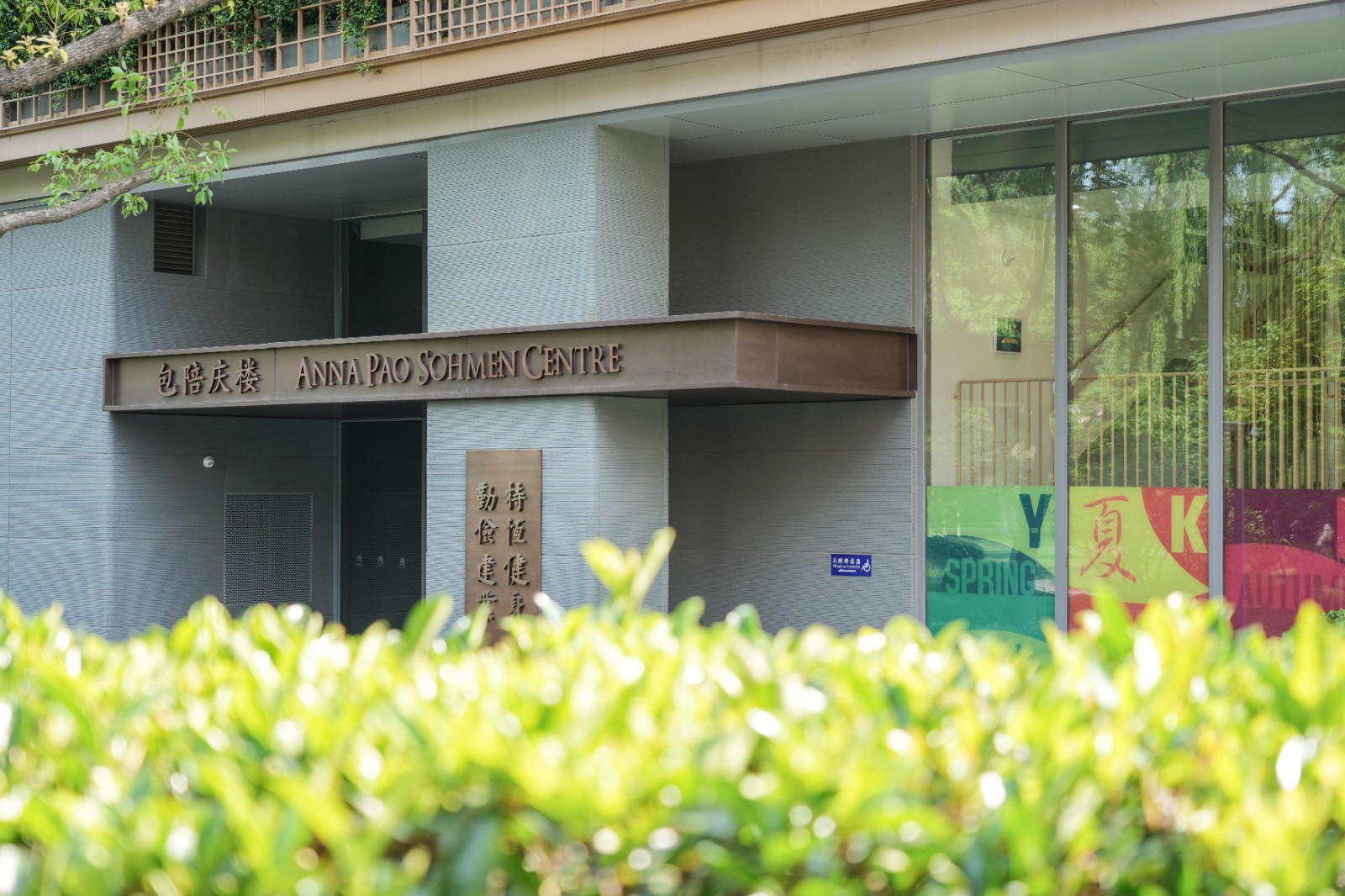
Recently Hongqiao Campus’ new multifunctional complex has officially been named the ‘Anna Pao Sohmen Centre’ in honor of Professor Anna Pao Sohmen, cofounder and chairman of Pao School. The naming honours Professor Anna Pao Sohmen’s remarkable contributions to the school’s establishment and growth, and her profound dedication to education throughout her distinguished life and career. Her vision and ongoing support are essential drivers of Pao School's continuous progress.
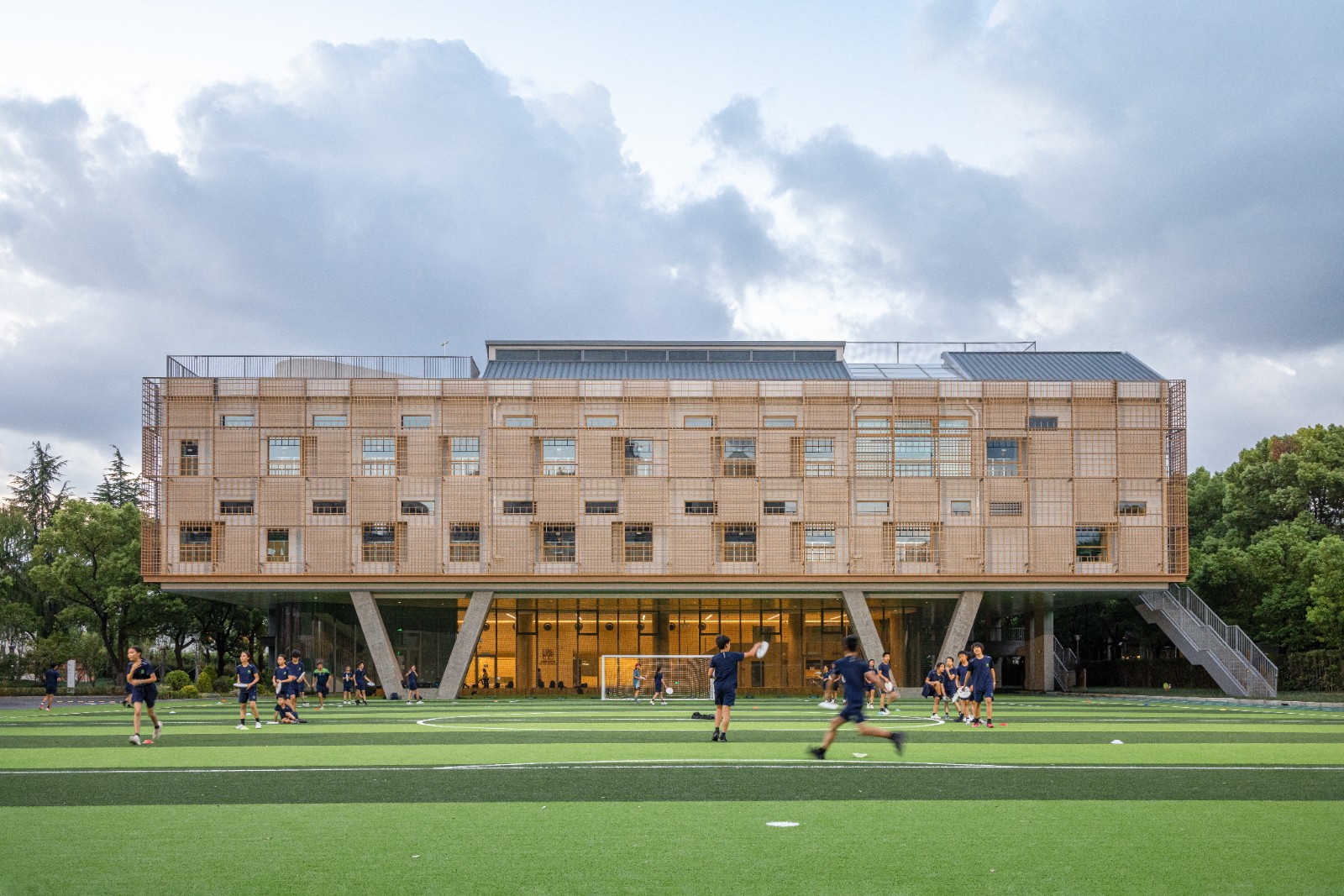
The multifunctional complex embodies the ideals of whole-person education and innovation, reflecting the dedication of countless individuals involved in its creation. The building’s design seamlessly blends traditional Chinese architectural wisdom with modern environmental principles with energy-efficient constructionand a flexible layout, all promoting sustainability.
Professor Anna Pao Sohmen has introduced the concept of STEAMS, which expands the existing STEAM model—Science, Technology, Engineering, Arts, and Mathematics—to incorporate Sports. This innovative thinking exemplifies Pao School’s commitment to the ‘whole-person’ development of student physical and mental well-being. The new complex will play a crucial role in implementing this educational philosophy, providing both a learning environment and dedicated teacher training centre. Through a focus on bilingual, bicultural, and ‘dual-thinking’ development, the centre aims to foster growth for both students and educators alike.
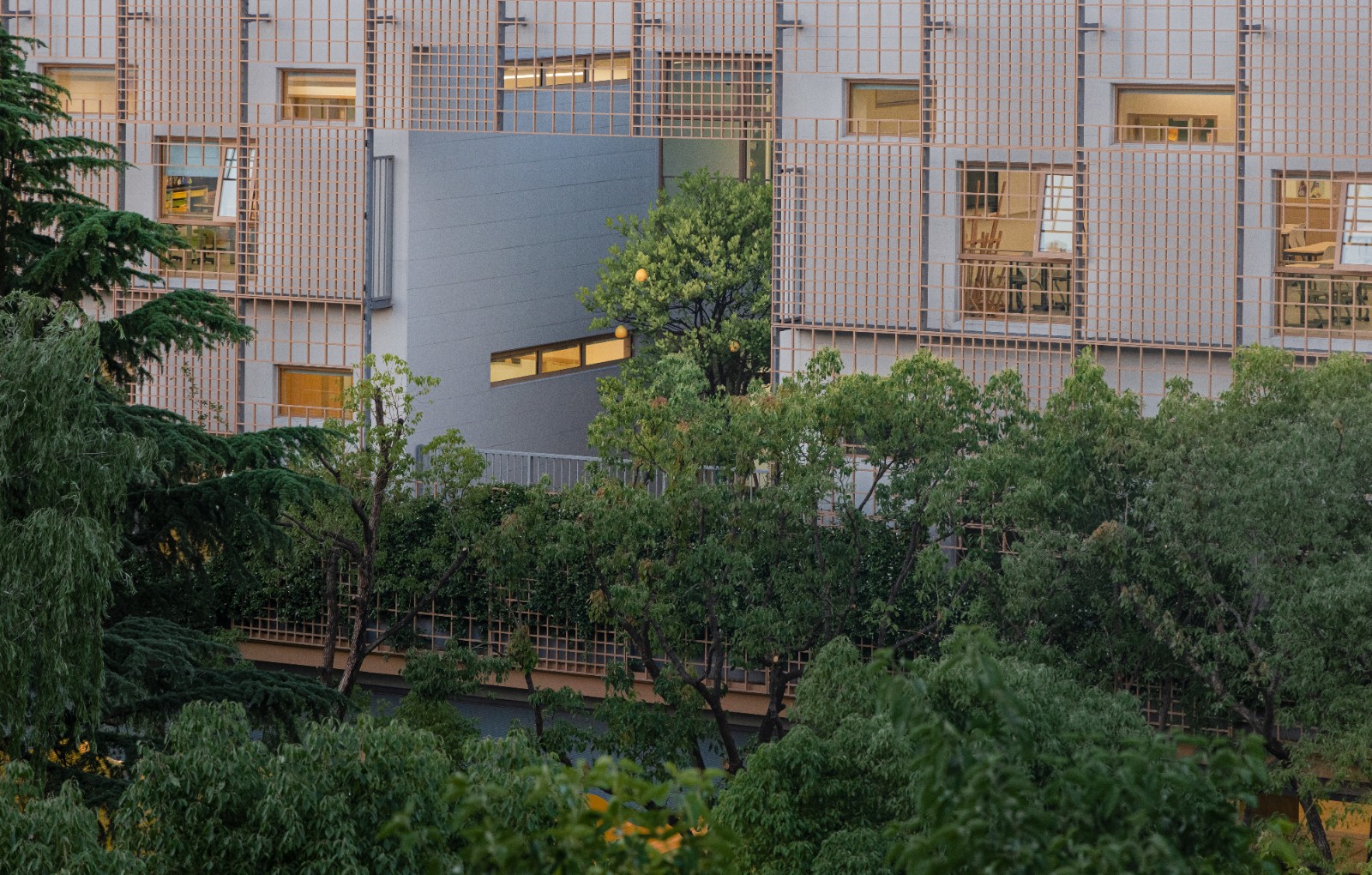
Looking back at the new building’s construction process, Executive Deputy Chairman Philip Sohmen expressed his gratitude for the support from the government and the broader community, as well as the commitment of the project team, remarking: “Despite numerous difficulties, we remained determined to see this project through. The new building serves as a tangible and vivid symbol of Pao School’s commitment to whole-person education.”
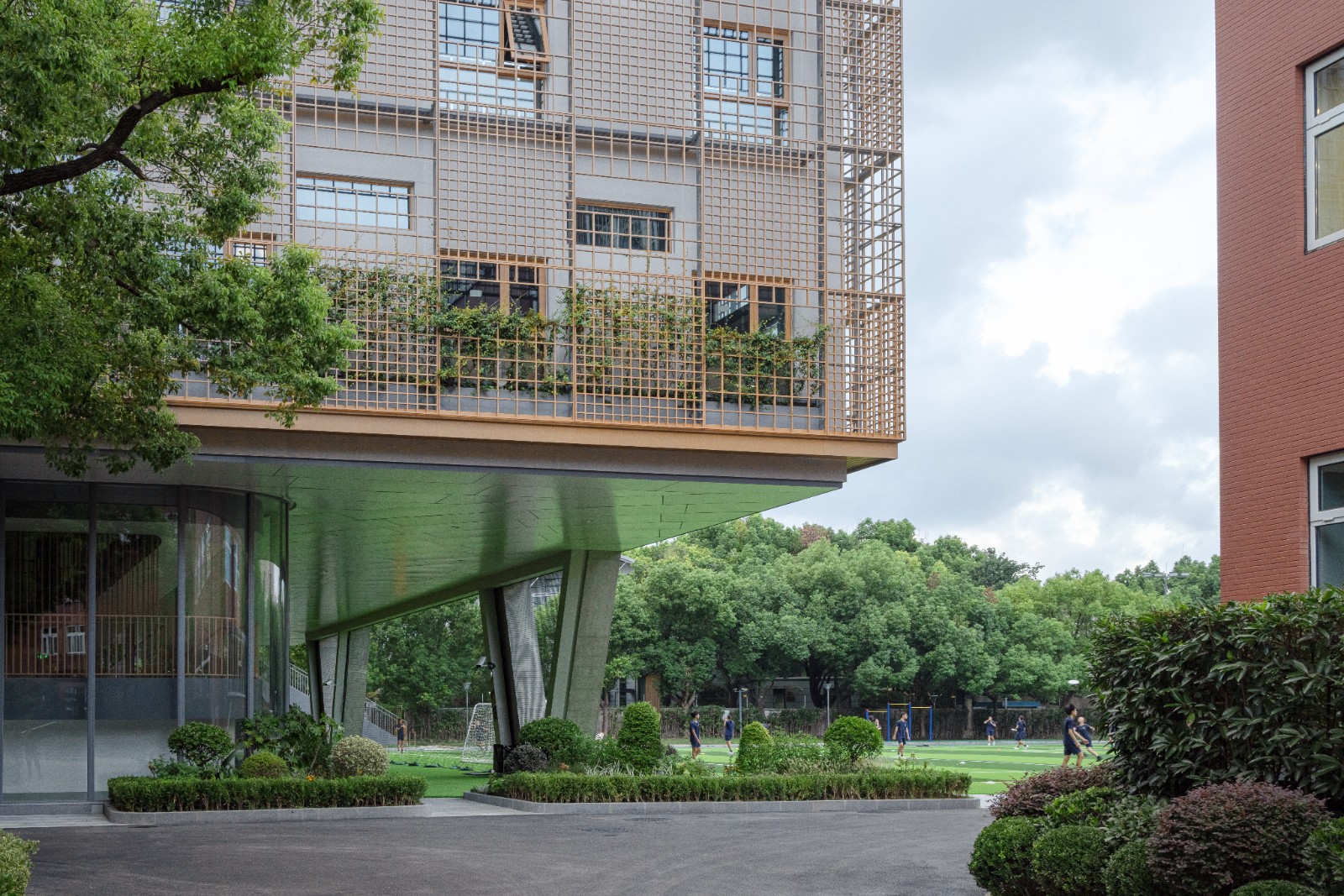
President Xu Yongchu remarked, "This building not only embodies the spirit of our founder, but it also offers an ideal environment and modern space for teacher development, student activities, and the unique educational practices of Pao School. It will empower us to write a new chapter in whole-person education."
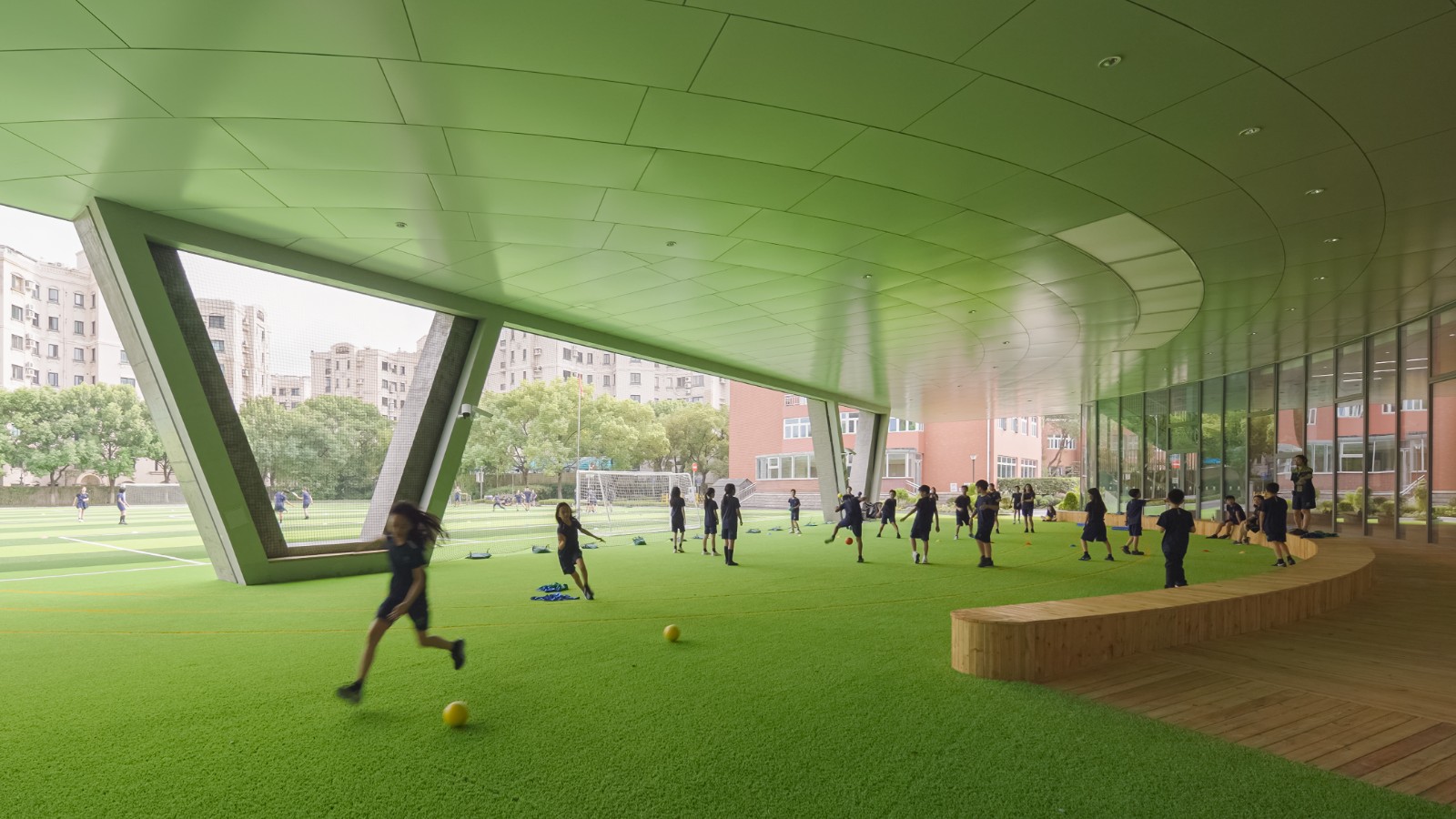
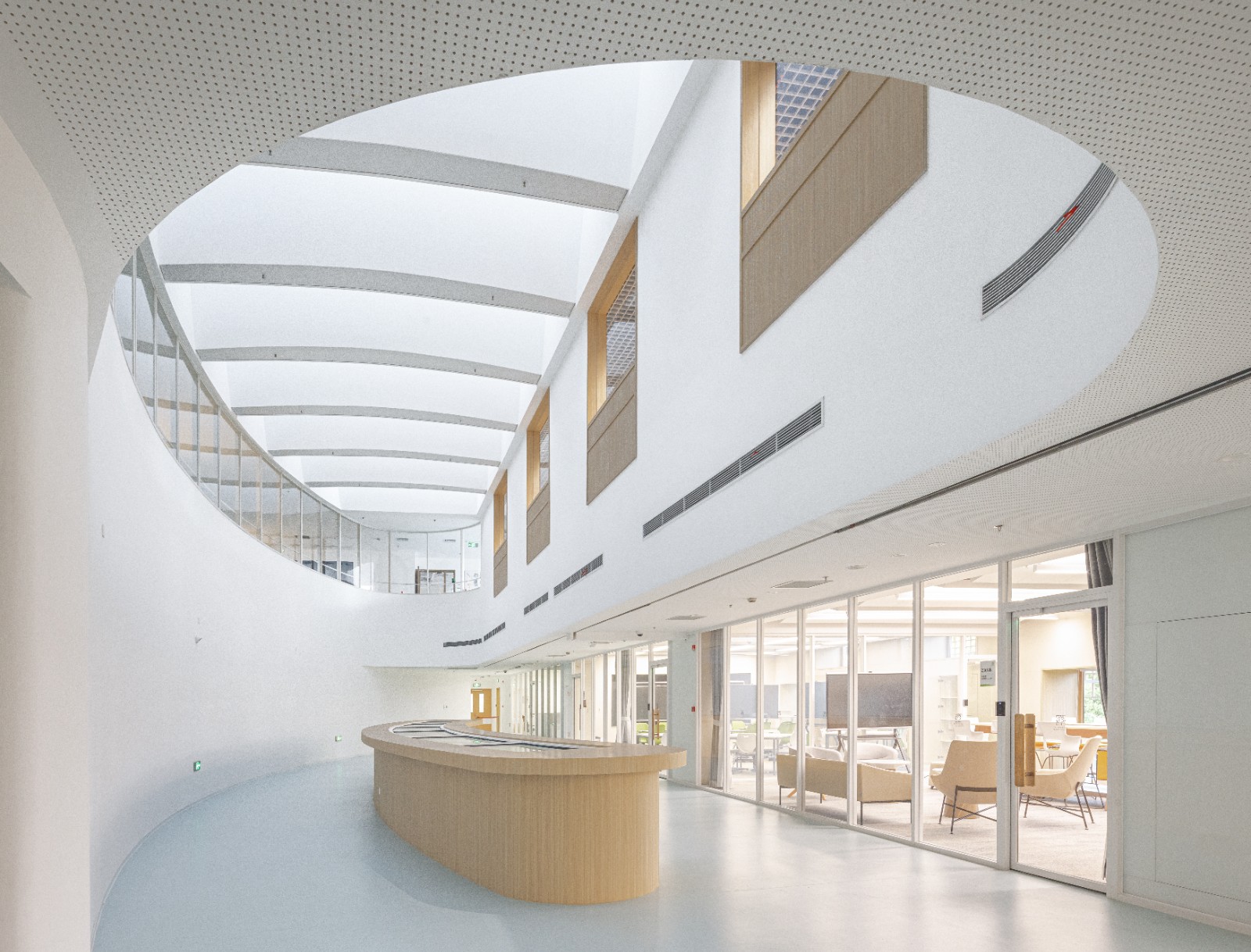
The second phase of the Anna Pao Sohmen Centre has significantly expanding the new building’s functional space. New facilities include a professional training centre on the third floor, music classrooms and an innovation centre on the fourth floor, and a rooftop sports area. The design of the innovation centre reflects the collective vision of the Hongqiao campus leadership and faculty. Middle School Principal as well as staff from the visual arts department and ICT department, played key roles in designing and planning their respective classrooms, ensuring that each functional area is both professional and practical.
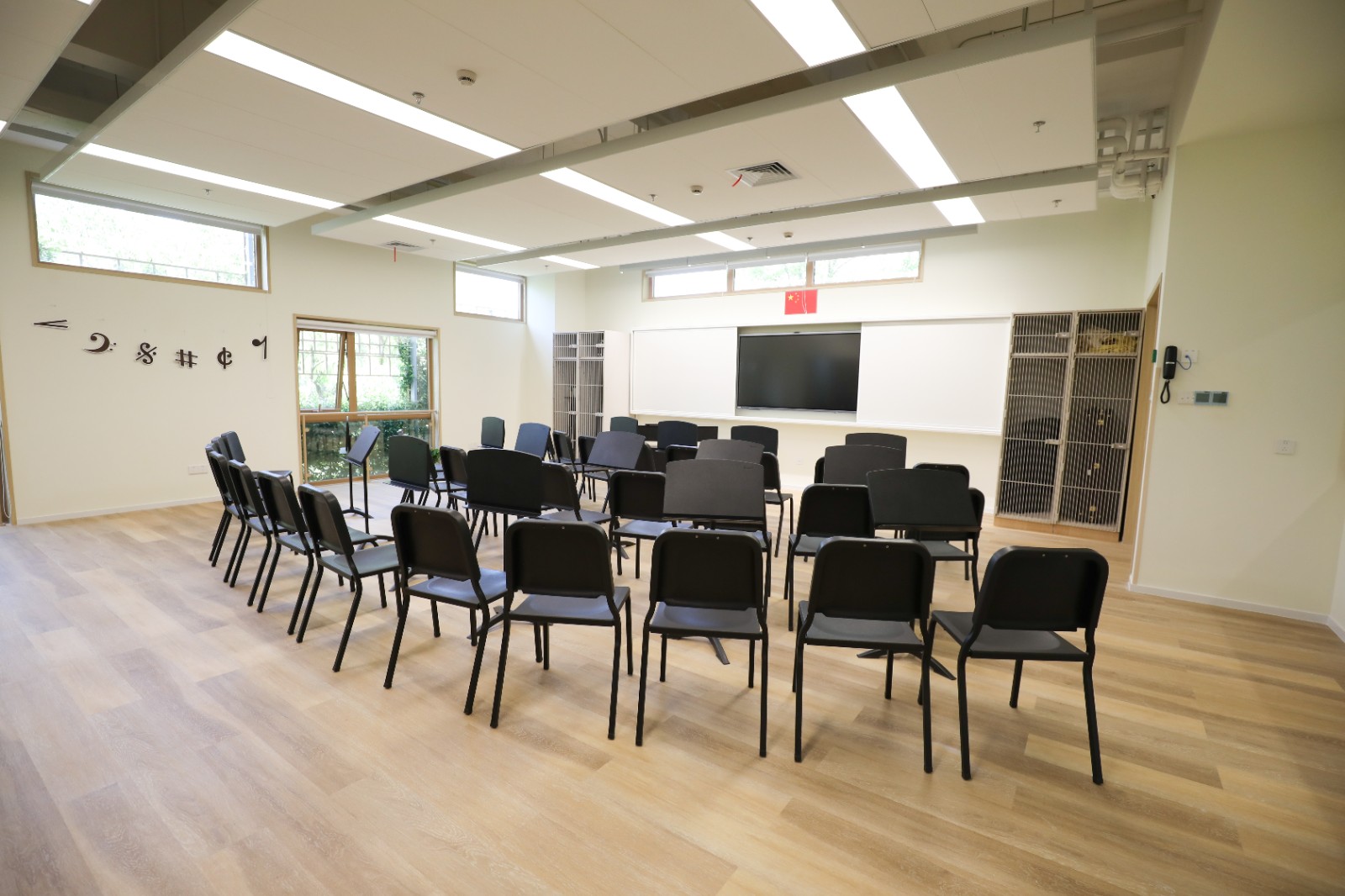
Music Classroom
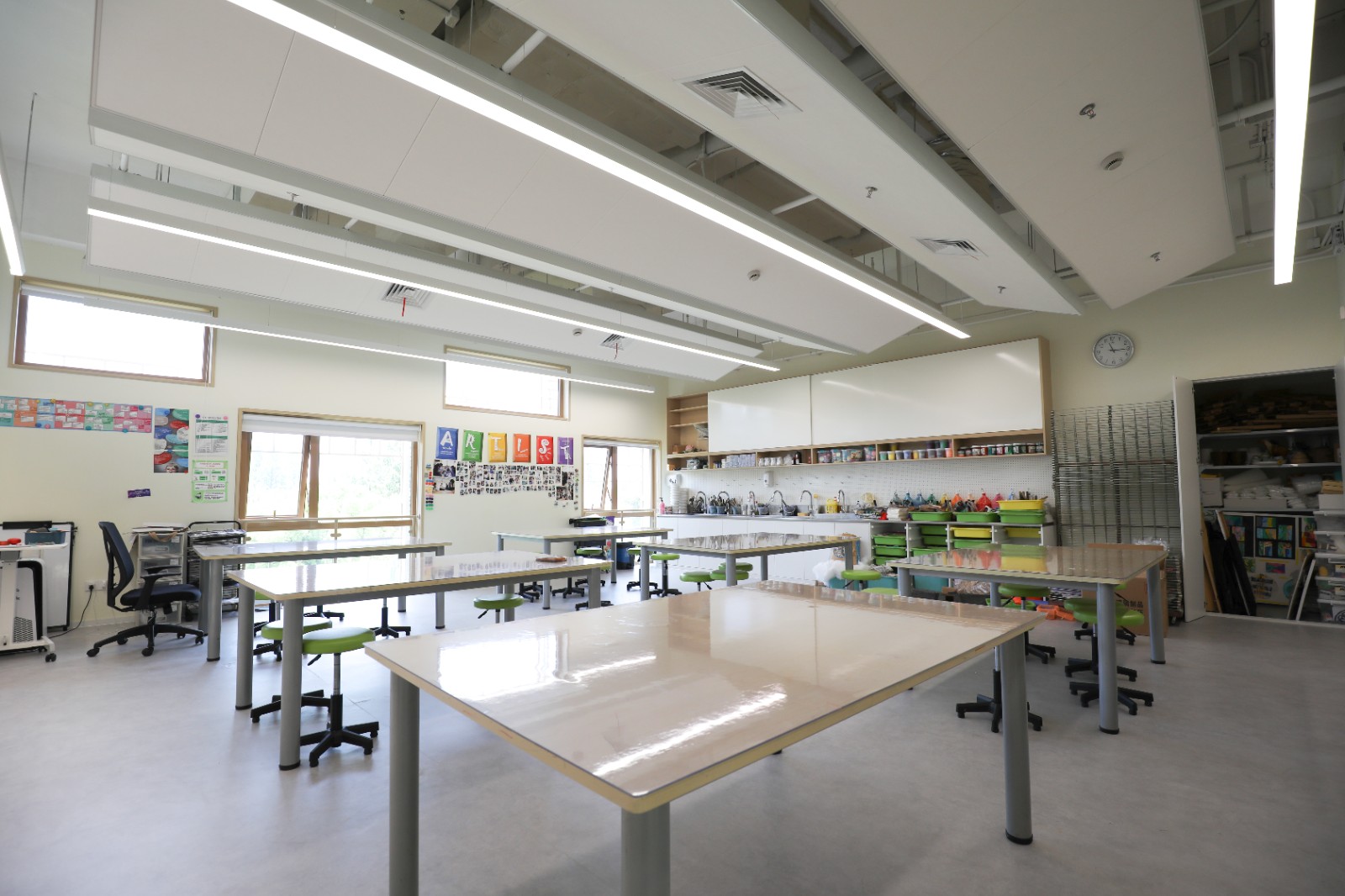
Art Studio
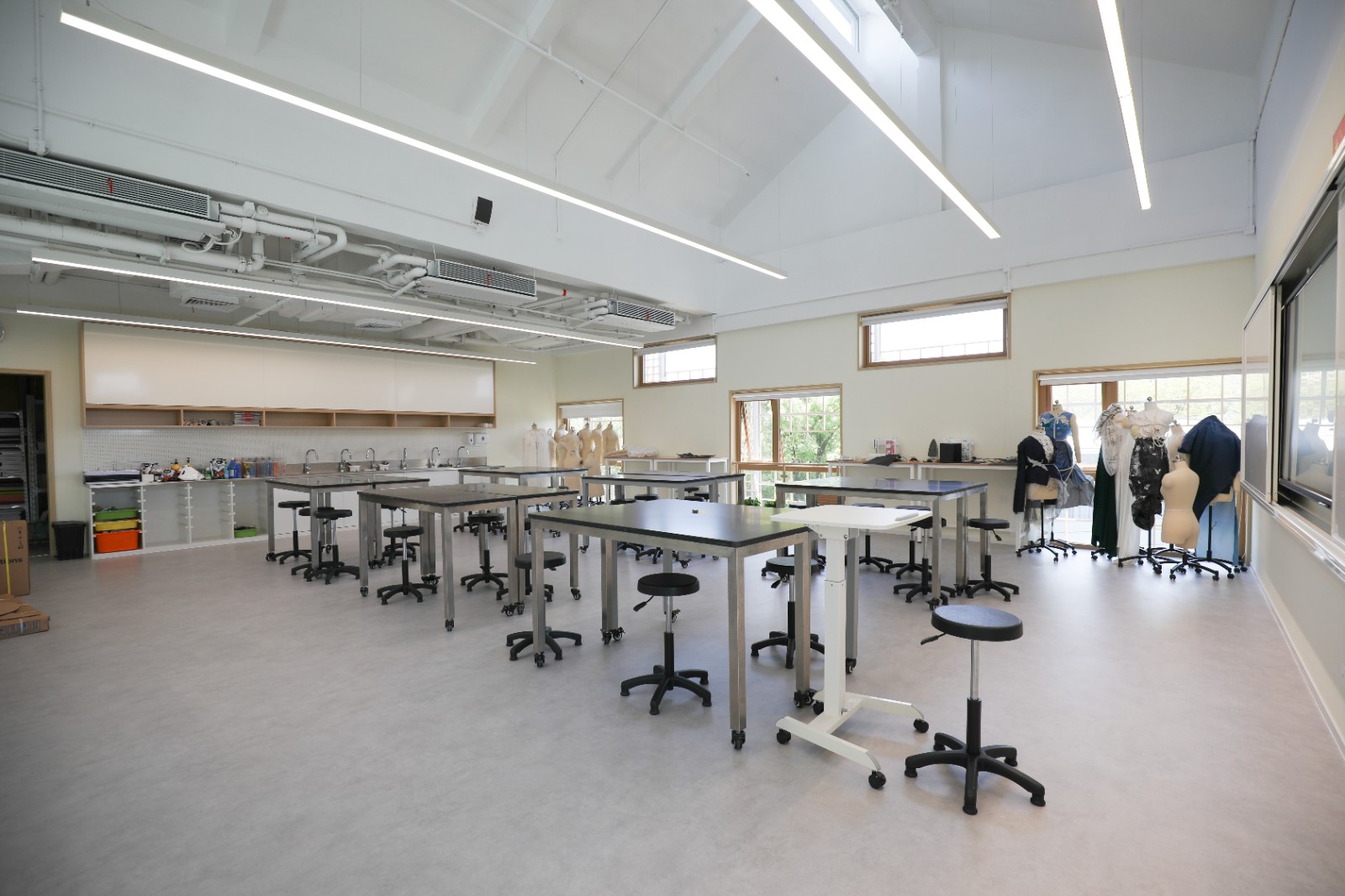
Design Studio

Wood Workshop
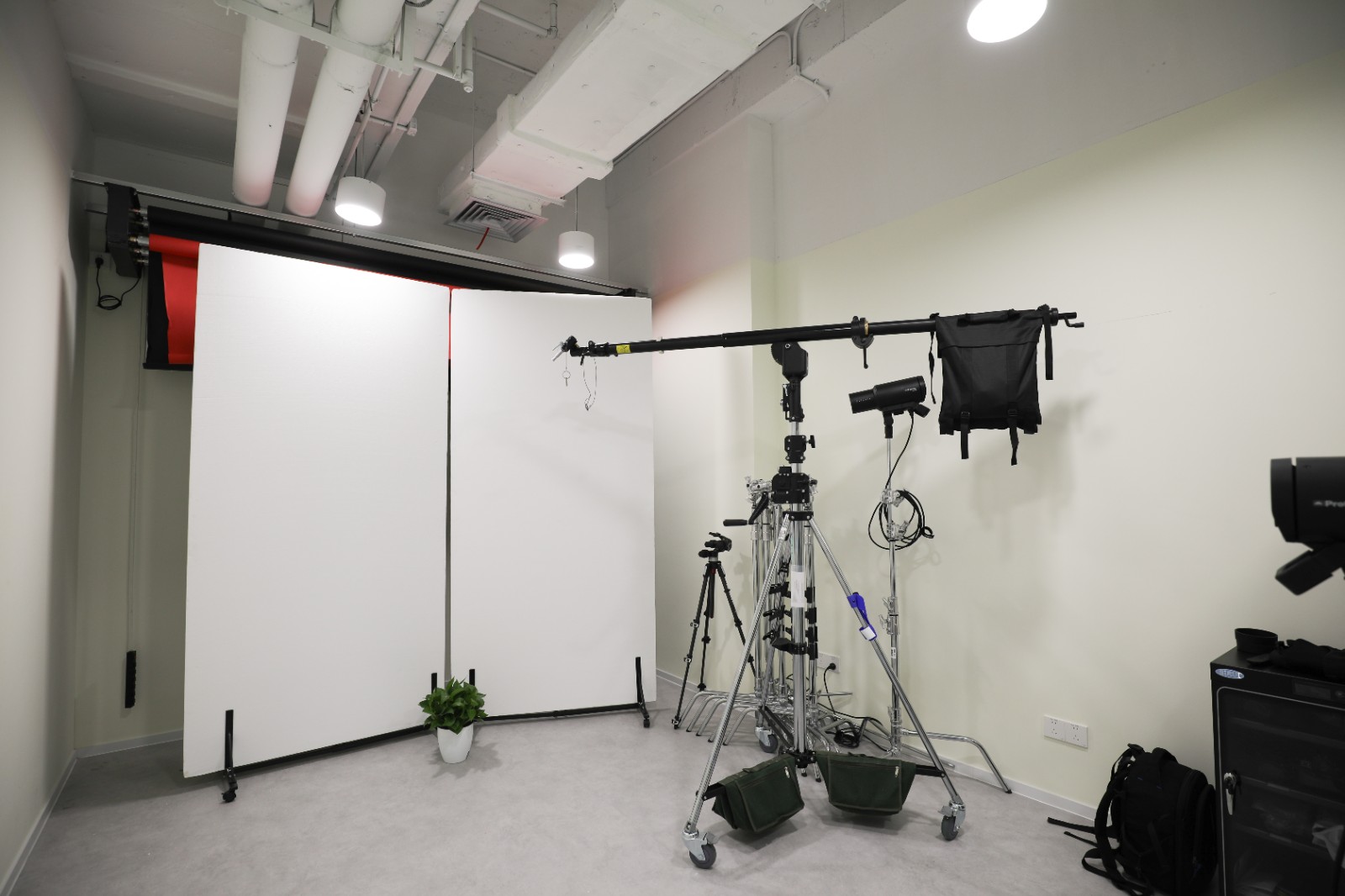
Photo Studio
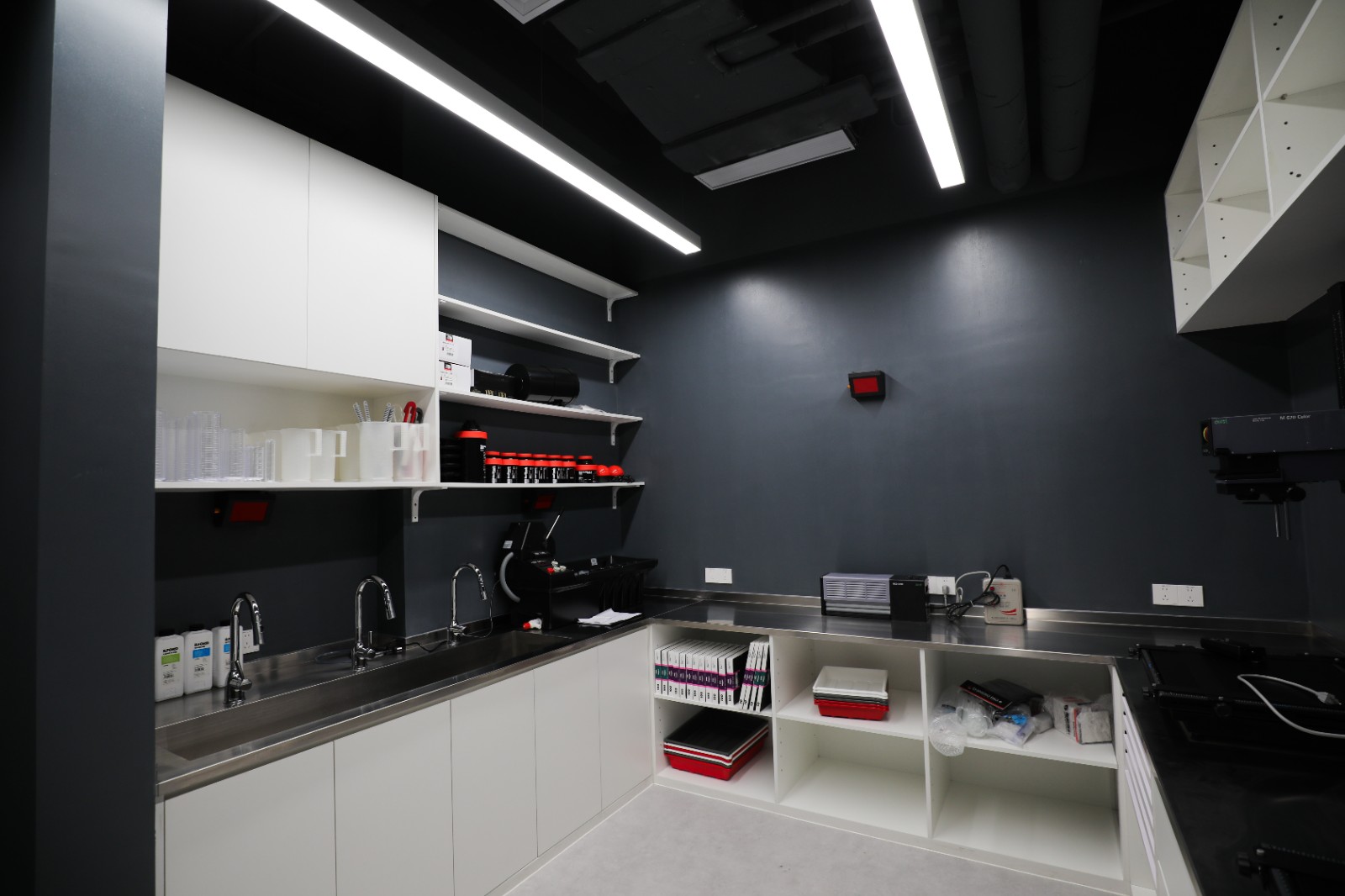
Darkroom
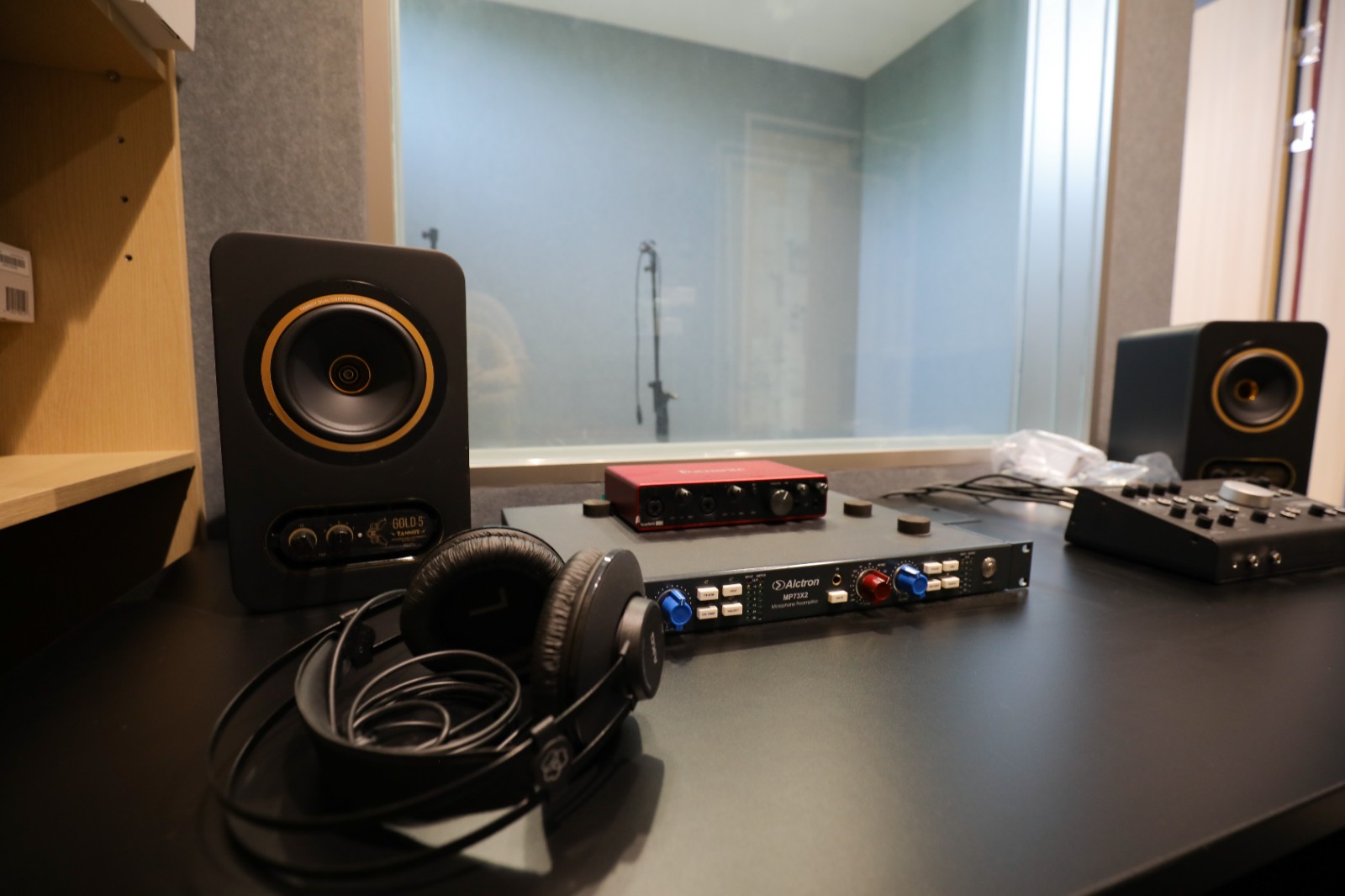
Recording Room
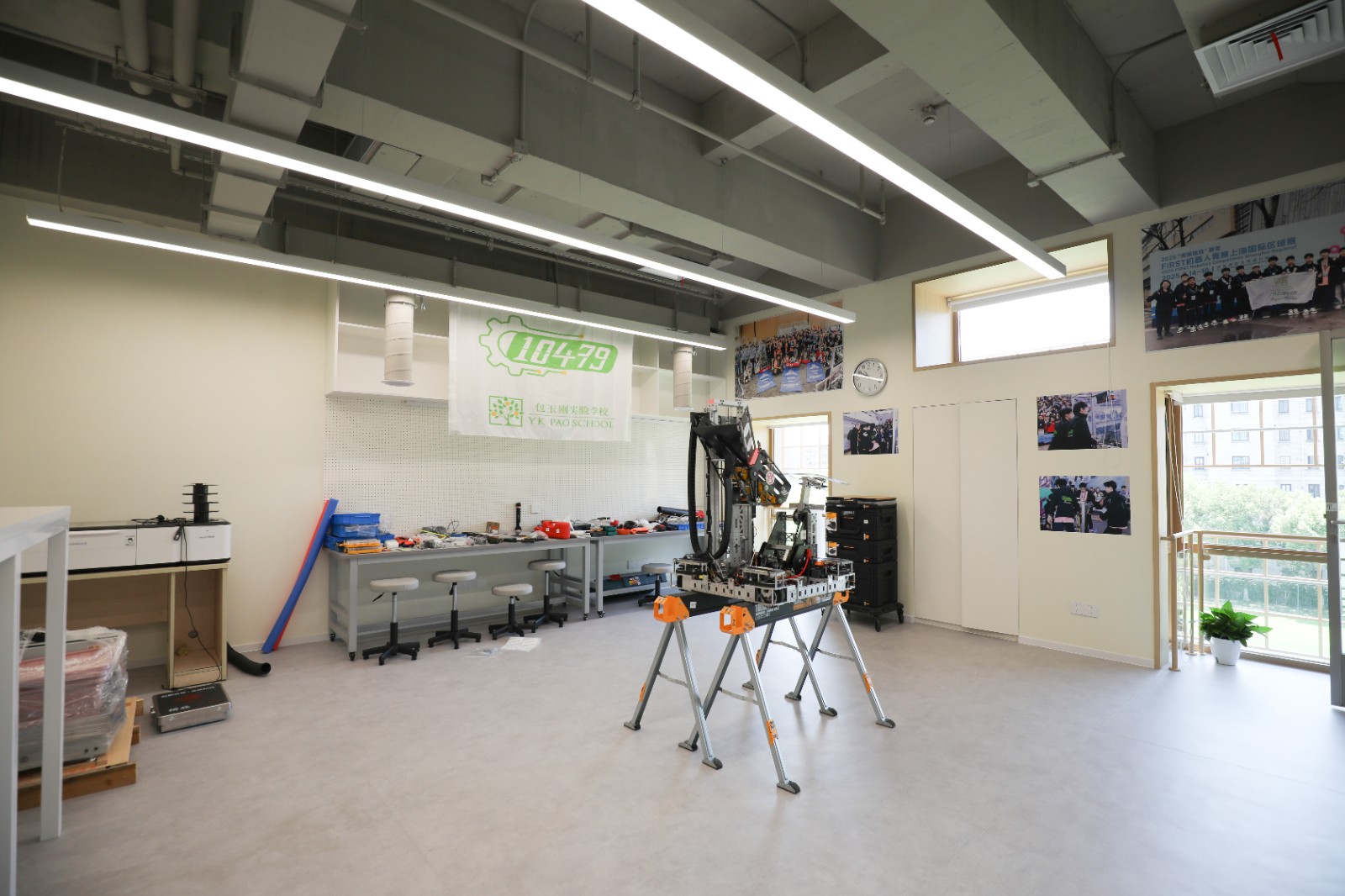
Digital Fab Lab
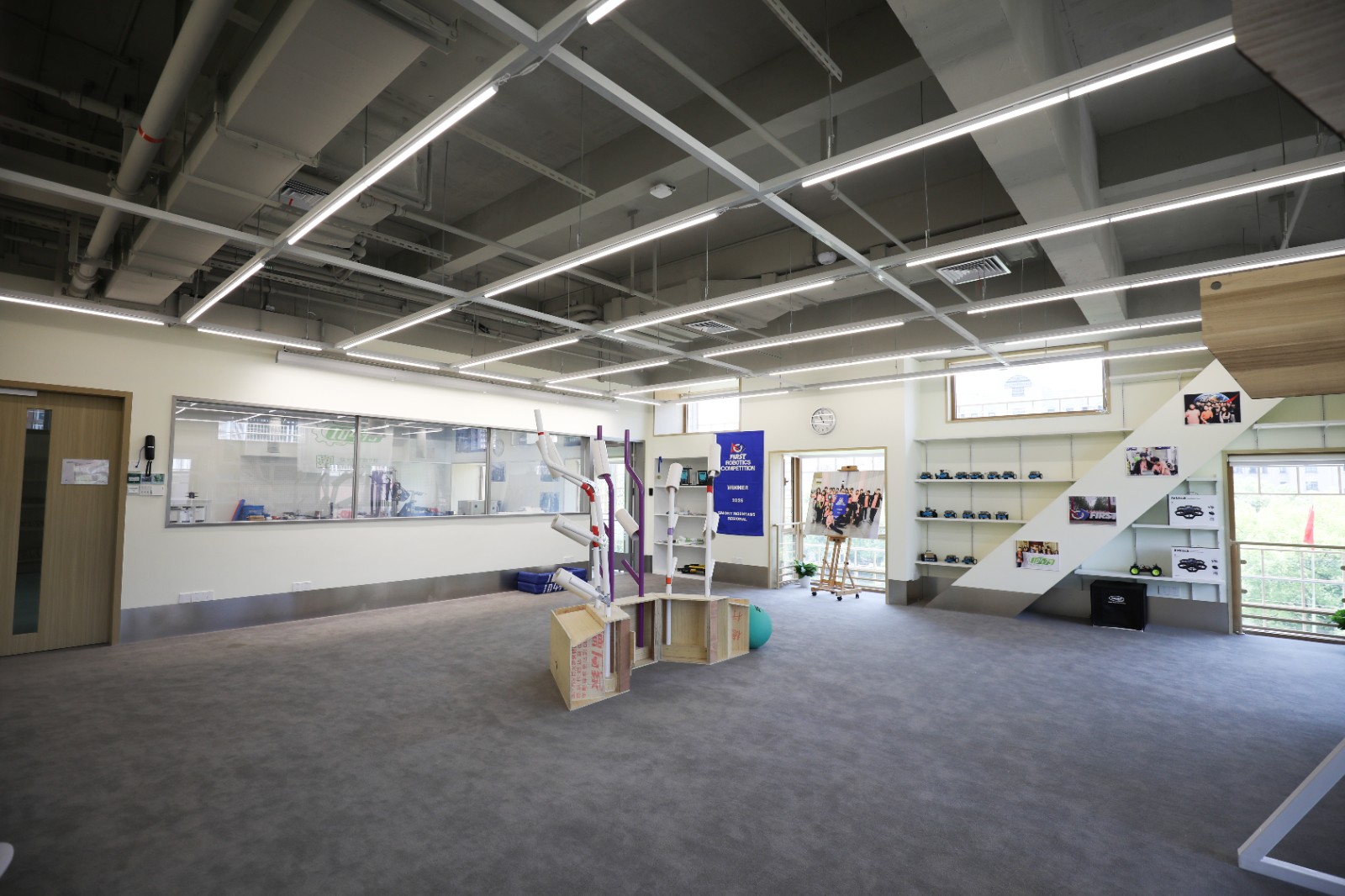
Robotics Lab
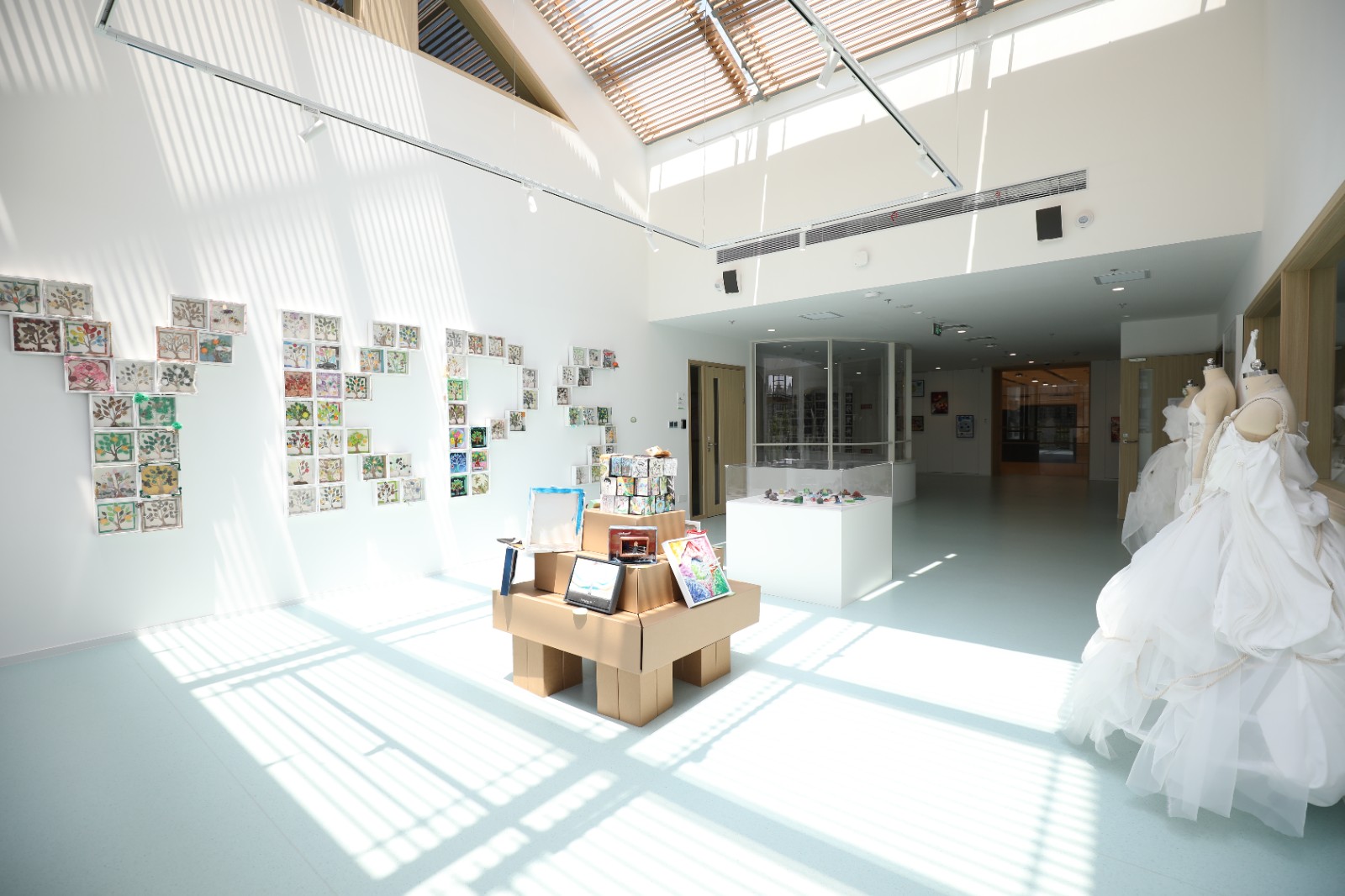
Gallery

Rooftop Court
Professional Development Day
As the Pao School's new teaching spaces enhance the learning environment, the three campuses are also advancing teacher professional development. With the semester nearing its end, Professional Development Day featured diverse training activities that integrated facility upgrades with skill enhancement. Workshops on Cognitive Coaching, collaborative departmental work, and individual goal-setting empowered educators to reflect on their practices and improve student outcomes.
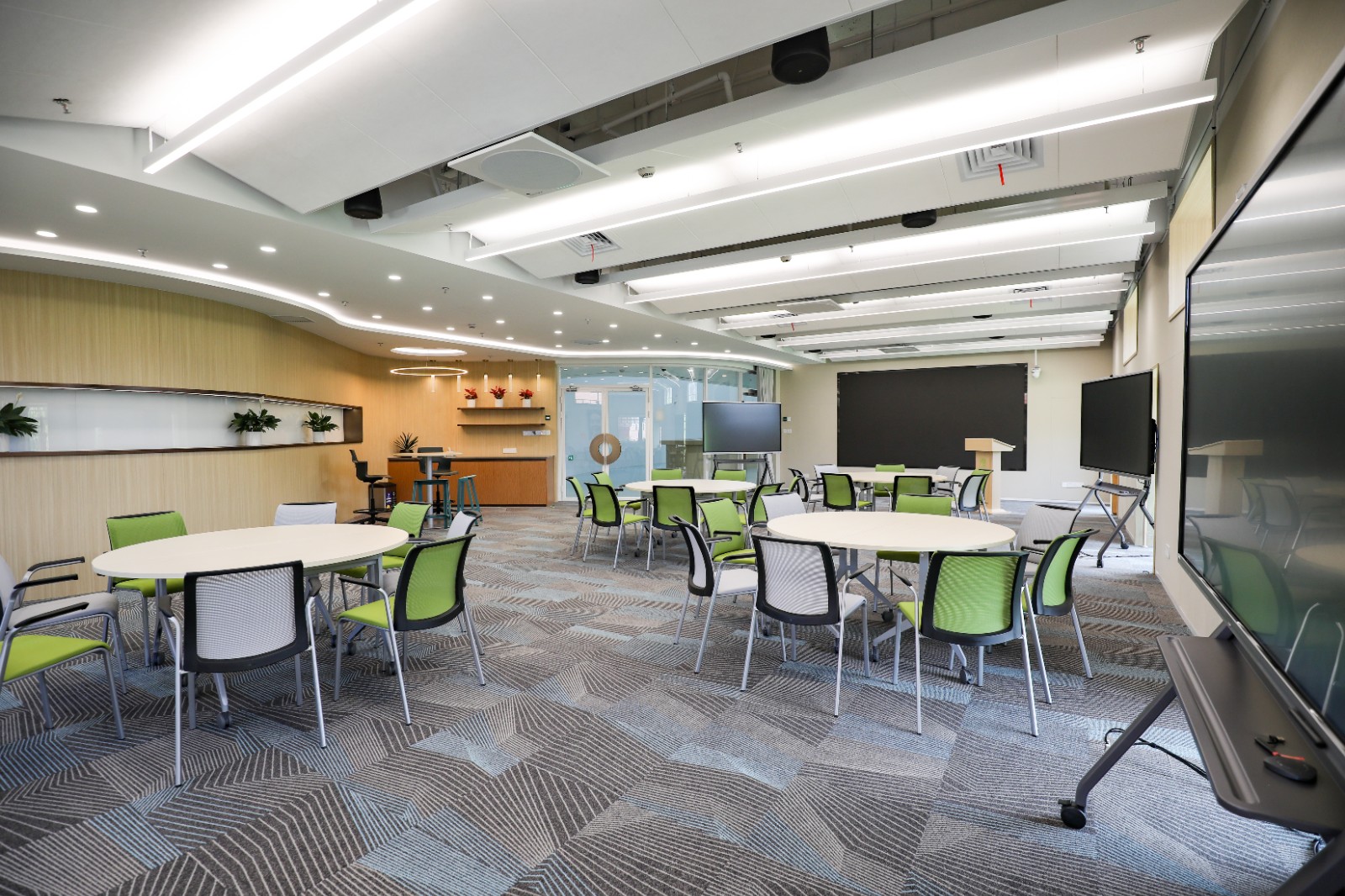
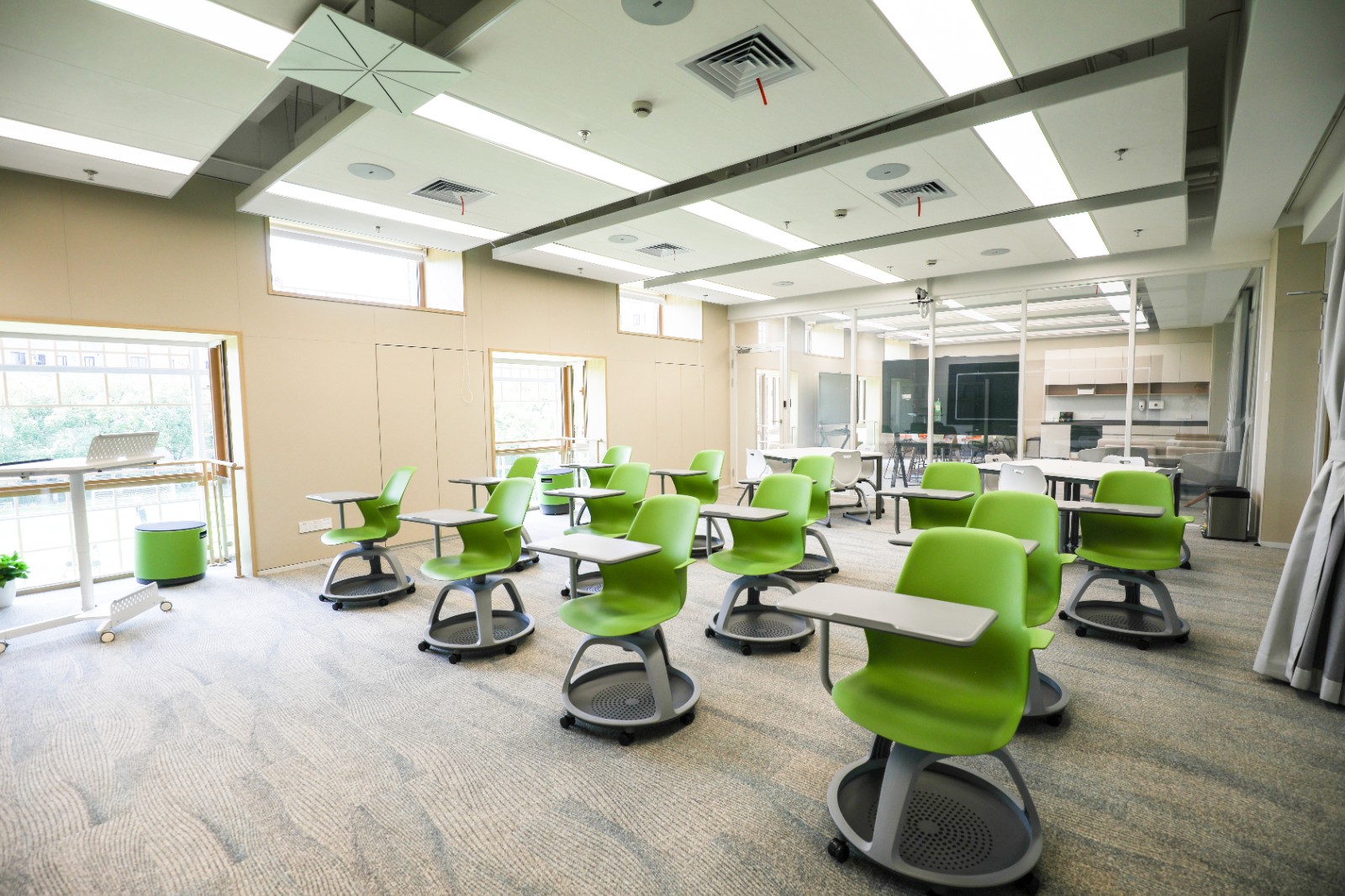
At the Wuding campus, educators participated in various sessions, including ‘AI Policy & Practice,’ led by Scott Crawford, which provided insights on effectively using AI in the classroom. They also explored topics such as maximizing thinking tools in ‘Beyond the Routine,’ utilizing AI resources in ‘Intro to AI Tools for Educators,’ and improving student engagement strategies in ‘Student Engagement Continuum.’ Additionally, ‘Using CURIOSITY’ focused on developing problem-solving skills, while ‘What to Teach After the Science of Reading?’ addressed modern reading instruction methods. After the individual workshops, the primary school teachers engaged in a collaborative design thinking experiment, during an afternoon team-building activity. This hands-on experience encouraged participants to work together in small groups to tackle real-world challenges, such as finding innovative solutions for the exhausting task of watering plants in the summer heat.
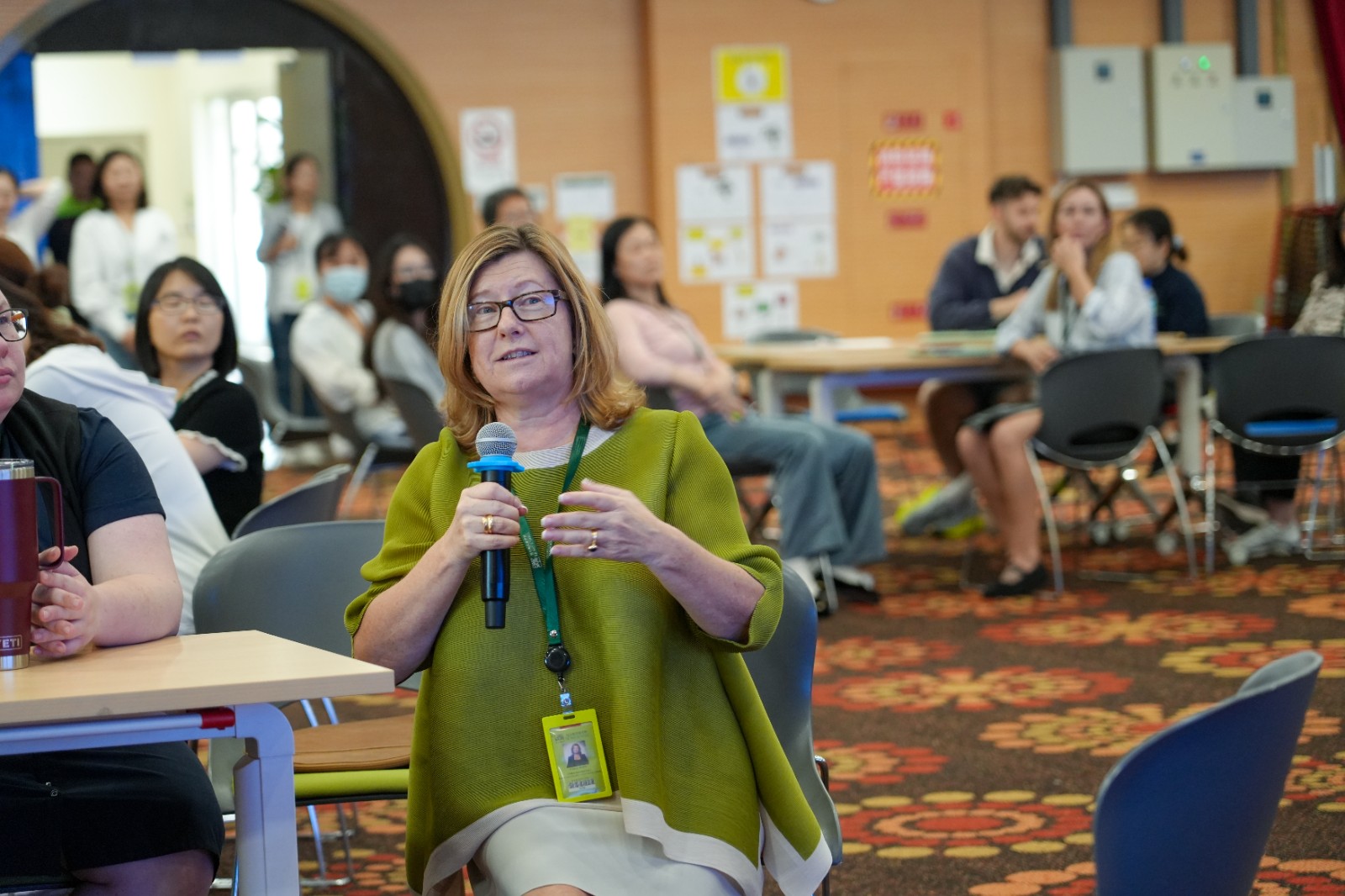
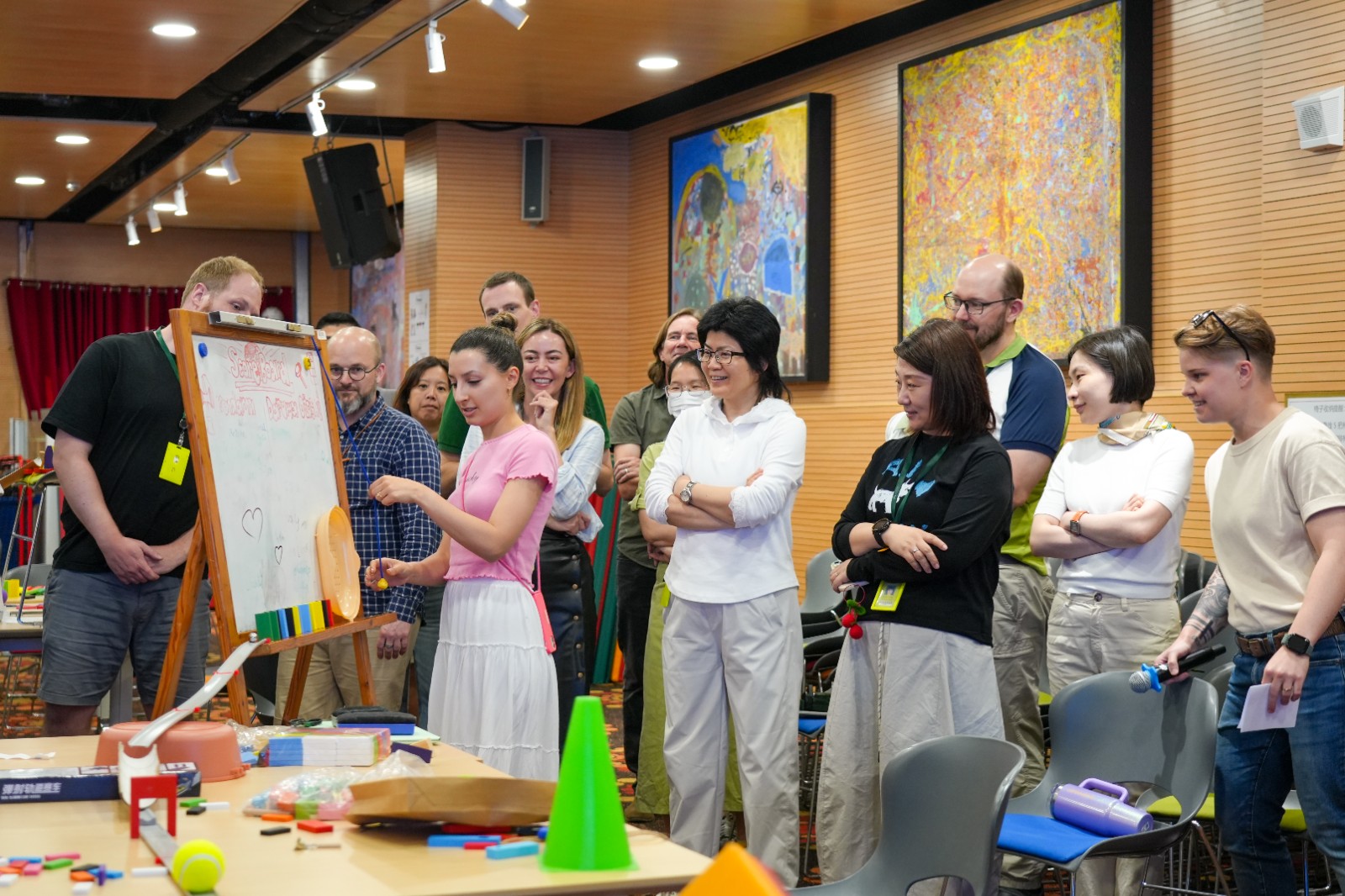
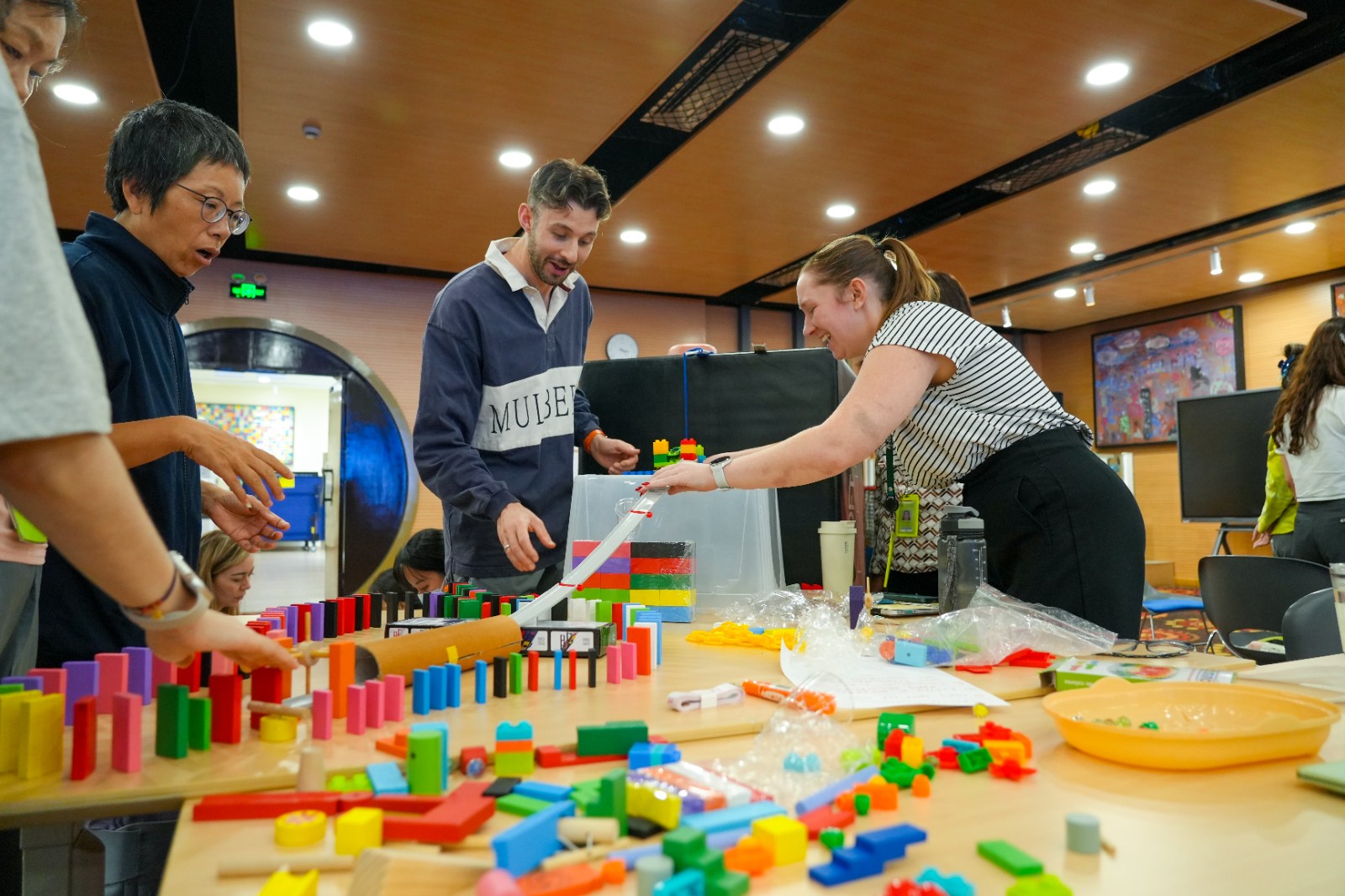
The Hongqiao Campus held a professional development day for all teaching staff, focusing on three key topics: PBIS (Positive Behavior Intervention and Supports), the teacher appraisal process and framework for teaching and learning, and summarizing the campus-wide book study, Creating Cultures of Thinking. During the PBIS-focused training, updates were shared about three key indicators out of ten: the school-wide expectations and behavior matrix, the recognition and reward program, and the procedures for responding to misbehavior. Overall, the session aimed to continue building a common understanding and approach to promoting a positive and productive school environment. Behavior education is rooted in ongoing guidance and encouragement. Through this training, teachers are now better equipped with the confidence to foster a positive and supportive influence in cultivating a community where every student can grow and thrive.
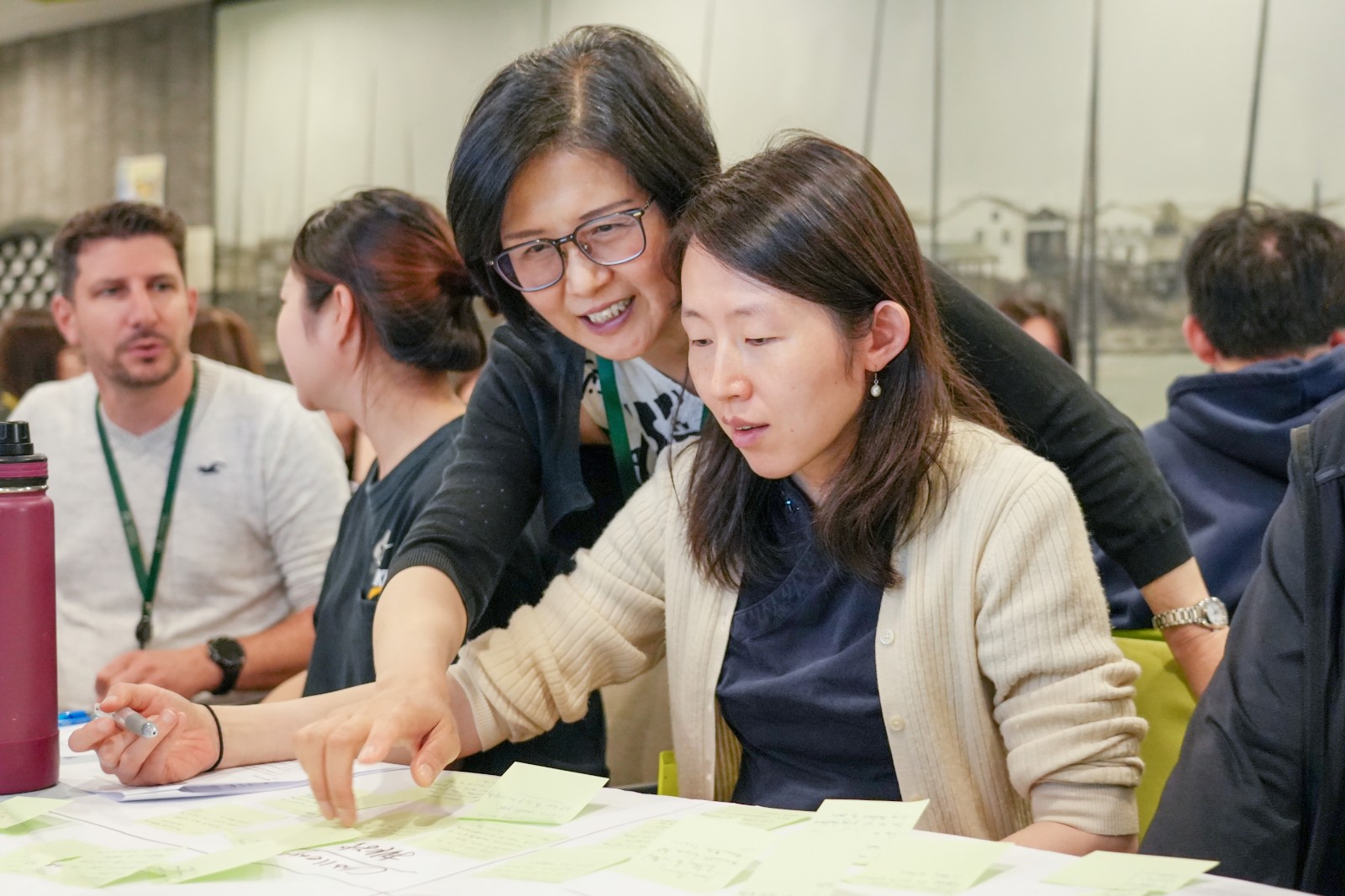
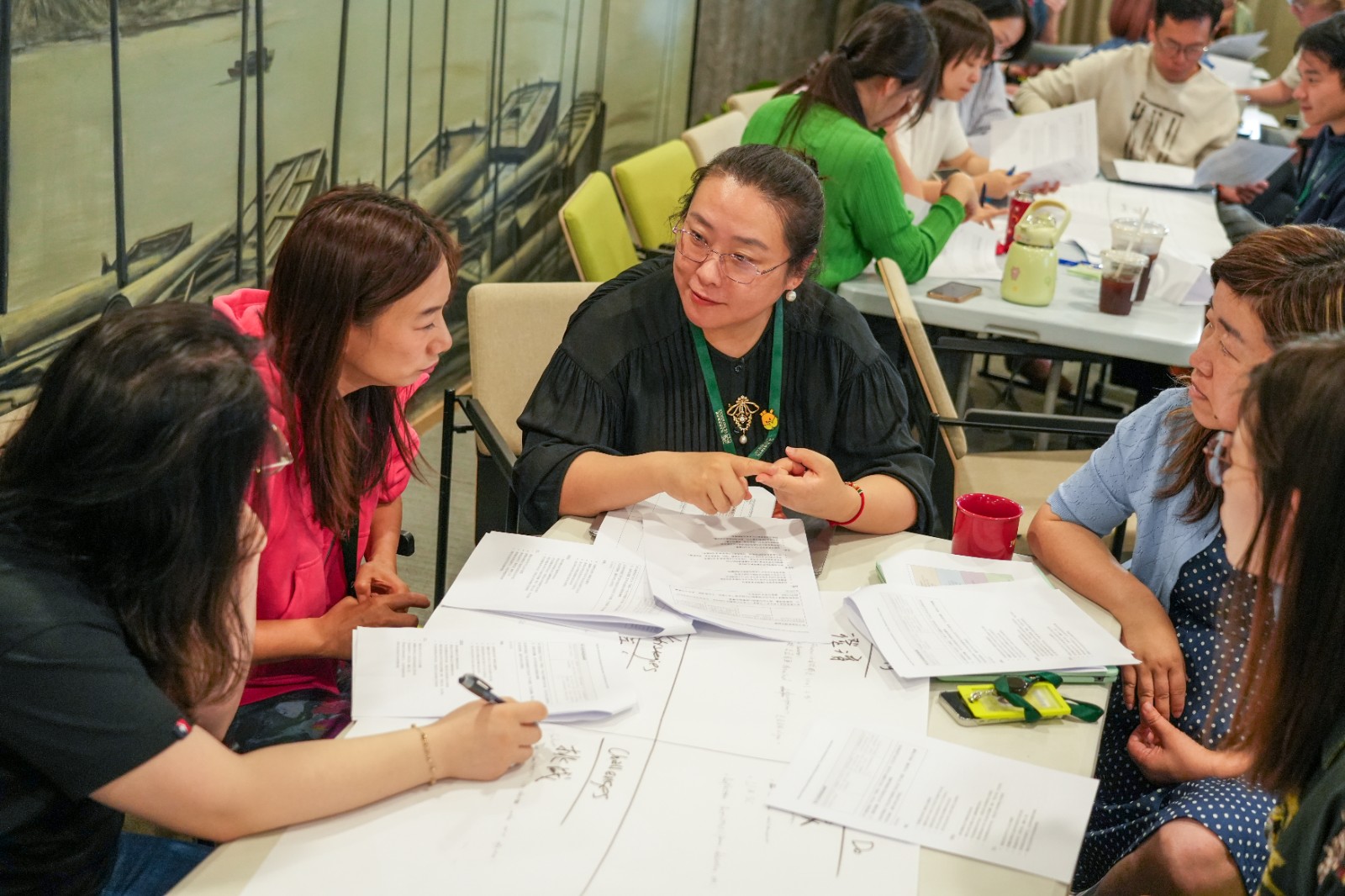
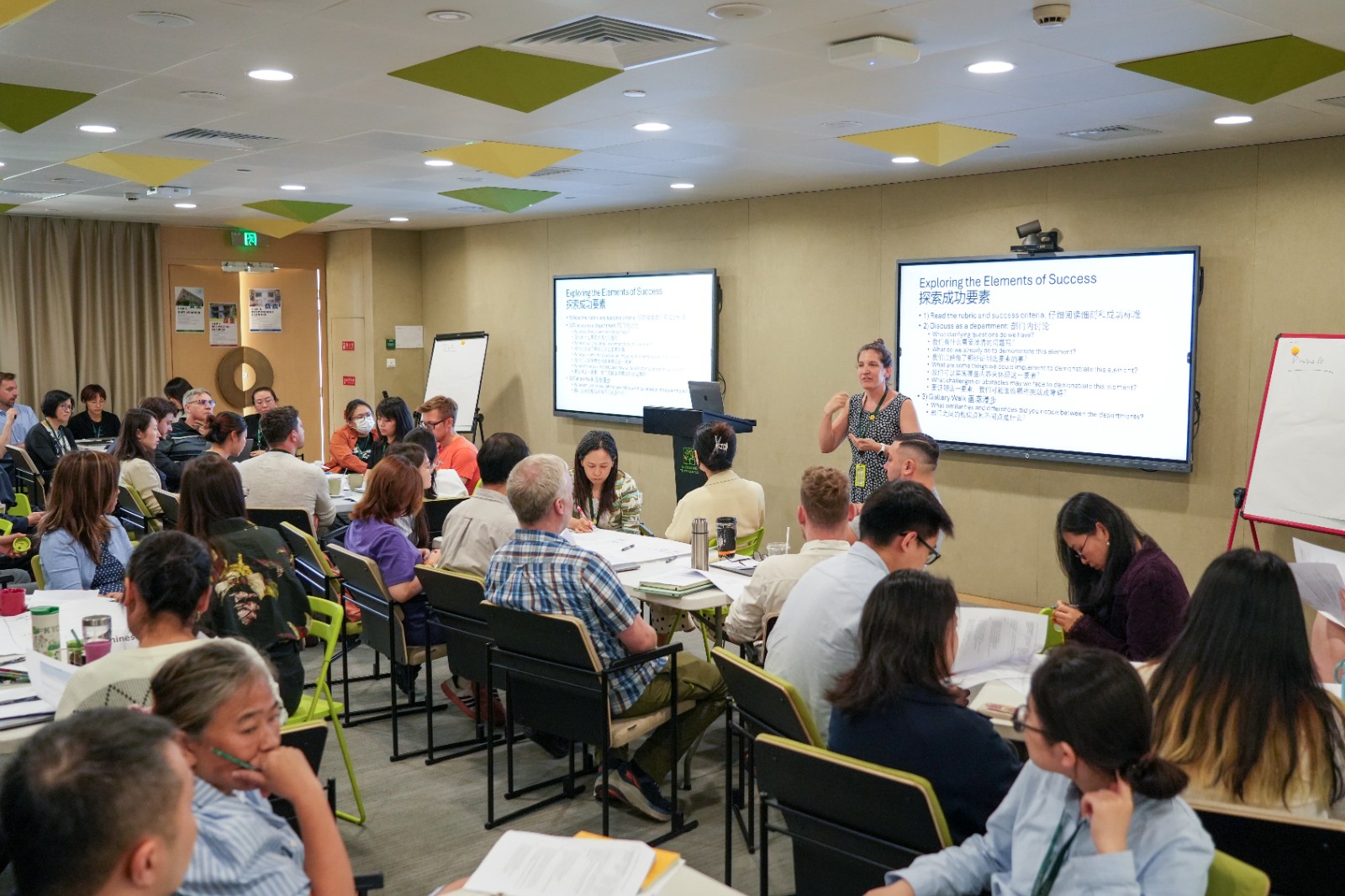
At the Songjiang Campus, the day began with a workshop on ‘Cognitive Coaching.’ in which the educators explored the rationale and benefits of this approach to learning. The session, led by Diana Zuo, Primary Director of Teaching and Learning emphasized the importance of developing problem-solving skills through structured conversations and reflective questioning techniques, such as paraphrasing. By equipping educators with these coaching skills, the aim is to empower them to critically assess their own practices, set meaningful goals, and ultimately improve instructional effectiveness.
Following the Cognitive Coaching session, the teachers engaged in departmental work focused on integrating feedback into development planning. They discussed how various feedback mechanisms, including student surveys and peer evaluations, contribute to the overarching goals outlined in the Departmental Development Plan. In the latter part of the day, teachers reflected on how to transform received feedback into actionable goals for their own individual professional growth. This structured approach ensures that individual development aligns with departmental strategies, ultimately enhancing teaching practices and student outcomes across the campus.
